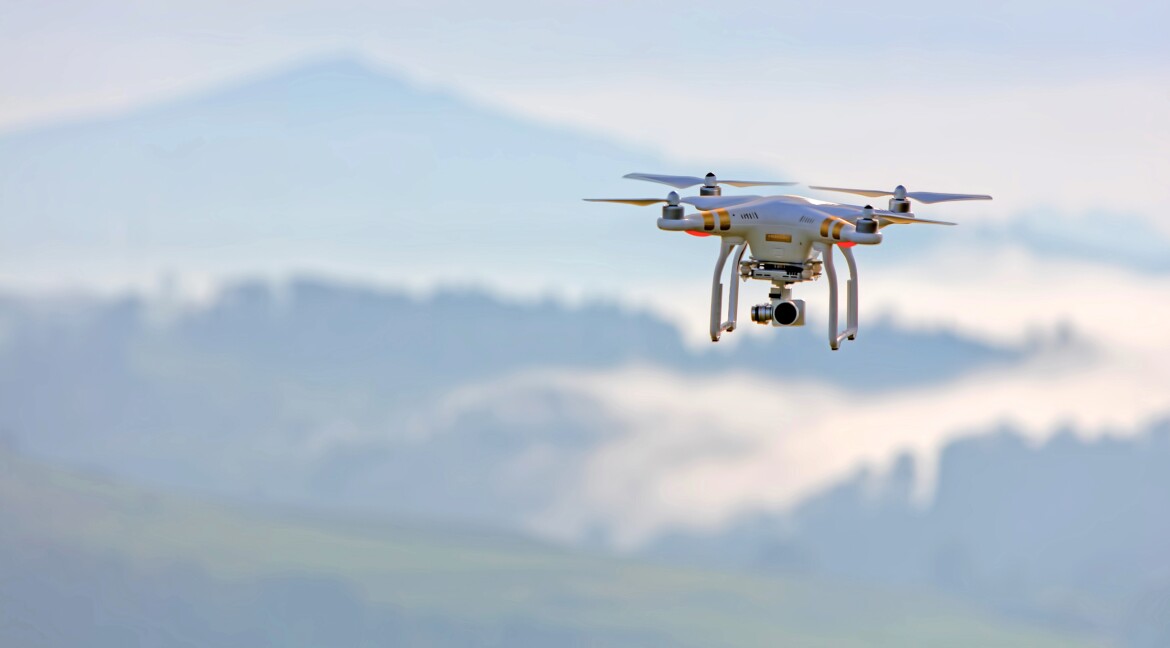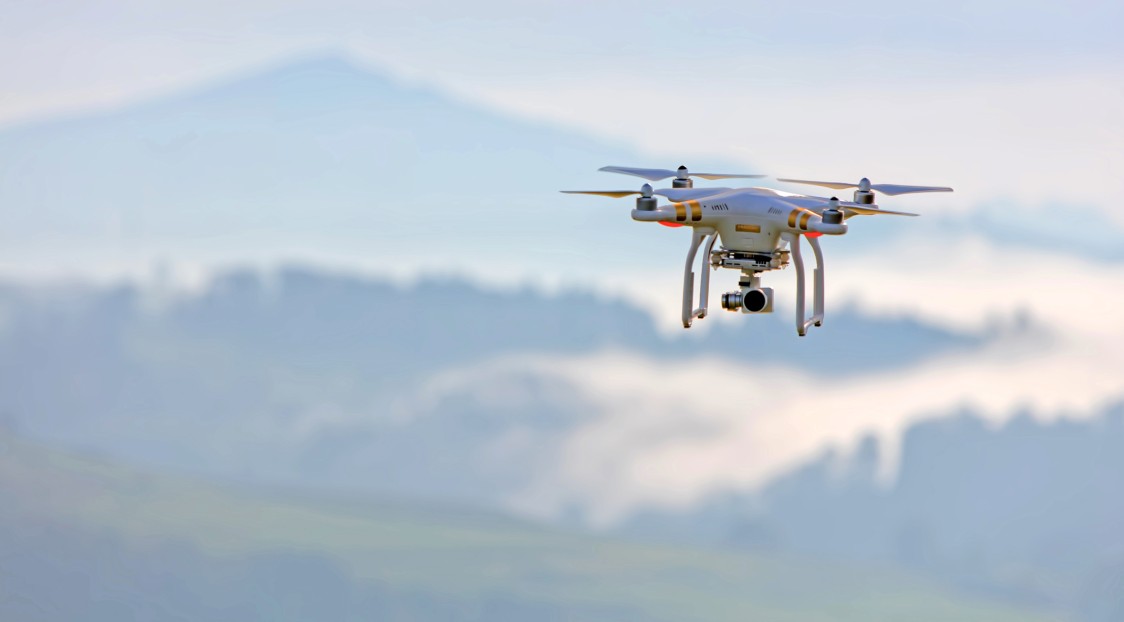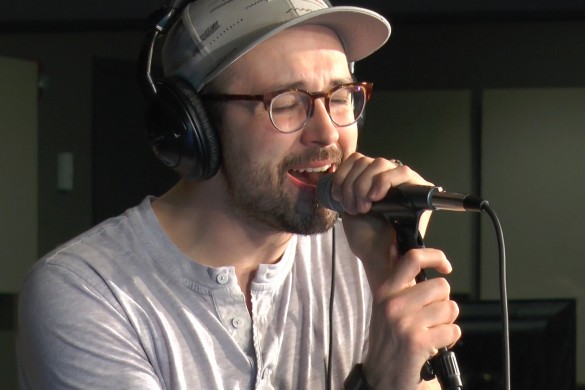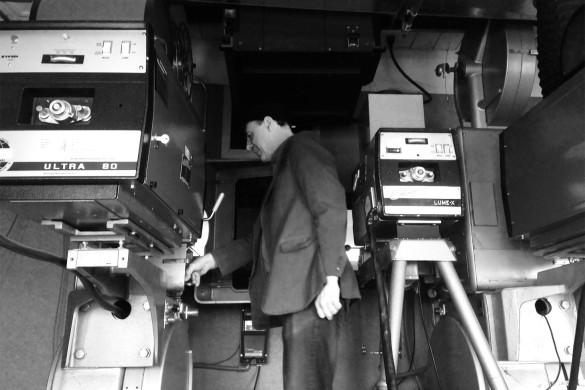Drone journalism takes flight in Nebraska
Words by Allison Trebacz
Nebraska may not be the first place that comes to mind in regards to the future of drone journalism. But it should be.
Matt Waite, a licensed pilot, Pulitzer winner, web developer, journalism professor and founder of the Drone Journalism Lab at the University of Nebraska in Lincoln, is busting his butt to make that happen.
In August 2016, Waite and the Federal Aviation Administration made a 624-page addition—Part 107—to the Federal Aviation Regulations, which expanded the flight regulations to include unmanned aircraft—or drones.

This is an example of the image a drone can capture from overhead.
Thanks to Part 107, drone journalism is now possible.
Key word: possible.
Before Part 107, drone use for business purposes—including journalism—was nearly banned because legislators weren’t quite sure how to go about regulating unmanned aircraft. Among myriad stipulations, commercial drone pilots (including journalists) were required to get their manned aircraft pilot licenses in order to fly a drone.
“It was ridiculous,” said Jake Krandall, a recently licensed drone pilot and UNL student. “You had to get hours in an airplane just to fly [drones].”
After Part 107, anyone older than 16 can fly a drone commercially. All you have to do is pass the 107-FAA sanctioned exam, a background check and prove your mental stability.
Drones are on the verge of becoming a commonplace tool for journalists in newsrooms, at universities and in other businesses. “We’re closer than we have ever been before,” Waite said. “But that does not mean that we are close.”
In addition to being a professor at UNL, Waite is a part of an unyielding force of advocates around the country that are eager to uncover the possibilities of the unmanned aircraft.
“I thought about all of the hurricanes and tornadoes and wildfires and—you name it—that I had covered, and I just realized that this was going to be a super useful tool,” Waite said.
One of the more restrictive requirements from Part 107 requires drone pilots to fly outside of a five-mile radius from an airport. This would make it illegal to shoot drone footage in significant parts of numerous major cities—which would be unfortunate in the event of tragedy, natural disaster or other monumental events.
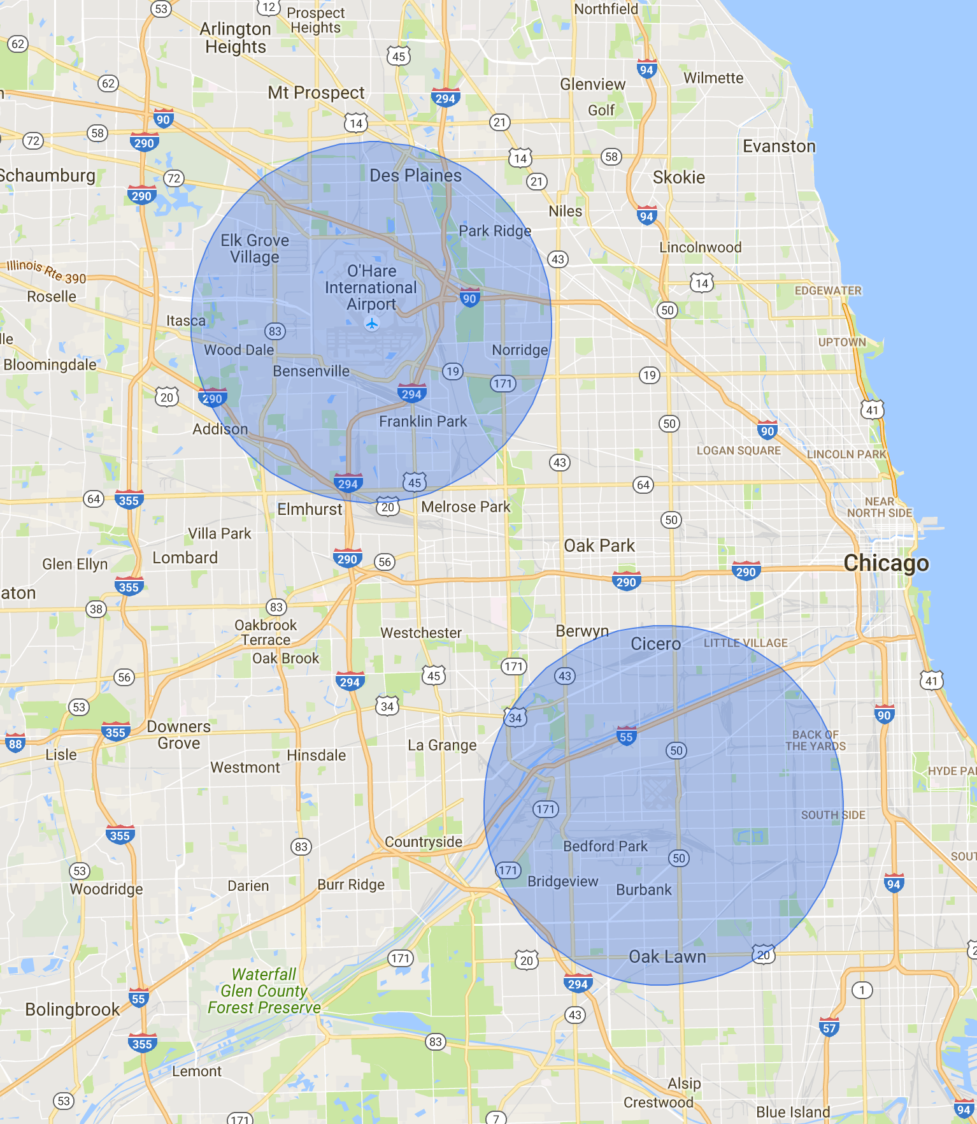
Part 107 creates large no-fly zones in many major cities, such as Chicago (pictured here).
Beyond major cities, there are newsworthy events waiting to be covered all over the world. Waite has sent students to India, Kenya, Tanzania, Turkey and several other countries to experiment with drone journalism—and has found it to be less restrictive than flying in the United States. “It was easier to go to Kenya than it was to go to a park two miles from my office,” Waite said.
Waite hosts a Drone Boot Camp to teach aspiring drone pilots how to pass the Part 107 exam, which has attracted 62 journalists from around the country to date. Add to that number the UNL students Waite has trained over the last few years—many of whom have become vocal advocates themselves as well as licensed drone pilots—and Waite’s impact on the industry becomes tangible. But he says there’s still more work to do.
[Rules Licensed Drone Pilots Have to Follow]
“There are still some parts of 107 that are needing to be ironed out. How do we we integrate these devices into our day-to-day lives and do it safely and do it sanely?” Waite said. But Part 107 isn’t all bad. “Not every story is a breaking story, and not every story happens within five miles of an airport. And so there’s still a lot of room to use these devices. They’re just not as flexible and free as we want them to be.”
Waite encourages journalists to get involved in the regulatory process. The FAA is instrumental in passing regulations, but Congress passes the budgets for the FAA, so it’s vital to have their attention. A majority of the advances seen in drone integration have come from Congress passing laws—not the FAA.
“You really need to be tuned in, you really need to be in your legislators’ earholes about this,” Waite said.
Krandall sums up the reasons why it’s so important from a journalistic perspective. “A drone can put a camera in a place that not a lot of people can go, so that’s the really cool thing,” he said. “It can show people this very different perspective.”

